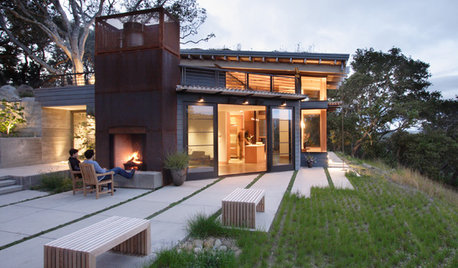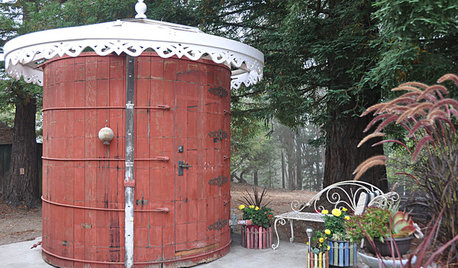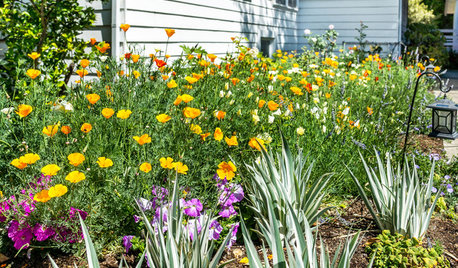two water heaters?
snuffycuts99
10 years ago
Featured Answer
Sort by:Oldest
Comments (16)
snuffycuts99
10 years agoRelated Professionals
Euless Architects & Building Designers · Nanticoke Architects & Building Designers · Rantoul Home Builders · California Home Builders · Delano Home Builders · Troutdale Home Builders · Bowling Green General Contractors · Clarksville General Contractors · Hamilton Square General Contractors · Holly Hill General Contractors · Klamath Falls General Contractors · Mobile General Contractors · South Windsor General Contractors · Towson General Contractors · Baileys Crossroads General Contractorsbdpeck-charlotte
10 years agodebrak2008
10 years agolyfia
10 years agogalore2112
10 years agoillinigirl
10 years agorobynstamps
10 years agosnuffycuts99
10 years agodavid_cary
10 years agorobynstamps
10 years agosnuffycuts99
10 years agoDreamingoftheUP
10 years agosnuffycuts99
10 years agoAnnie Deighnaugh
10 years agomrspete
10 years ago
Related Stories

GREAT HOME PROJECTSHow to Switch to a Tankless Water Heater
New project for a new year: Swap your conventional heater for an energy-saving model — and don’t be fooled by misinformation
Full Story
GREAT HOME PROJECTSHow to Add a Solar Water Heater
Lower energy bills without a major renovation by putting the sun to work heating your home’s water
Full Story
HOUZZ TOURSTwo Homes, Two Tributes to Dad
Father-son relationships shape the design of cherished family homes
Full Story
BATHROOM DESIGNWater Damage Spawns a Space-Saving Bathroom Remodel
A game of inches saved this small New York City bathroom from becoming too cramped and limited
Full Story
OUTBUILDINGSSee an Outdoor Bathroom Made From a Water Tank
This repurposed fixture in a California backyard is now the owners' favorite bathing spot
Full Story
SAVING WATER11 Ways to Save Water at Home
Whether you live in a drought-stricken area or just want to help preserve a precious resource, here are things you can do to use less water
Full Story
GREEN BUILDINGWater Sense for Big Savings
Keep dollars in your pocket and preserve a precious resource with these easy DIY strategies
Full Story
GREEN DECORATINGEasy Green: Big and Small Ways to Be More Water-Wise at Home
These 20 tips can help us all make the best use of a precious resource. How do you save water in summer?
Full Story
LANDSCAPE DESIGN10 Ideas for a Creative, Water-Conscious Yard
Check out these tips for a great-looking outdoor area that needs less water
Full Story
HEALTHY HOMEHow to Choose a Home Water Filtering System
Learn which water purification method is best for your house, from pitchers to whole-house setups
Full StoryMore Discussions









DreamingoftheUP